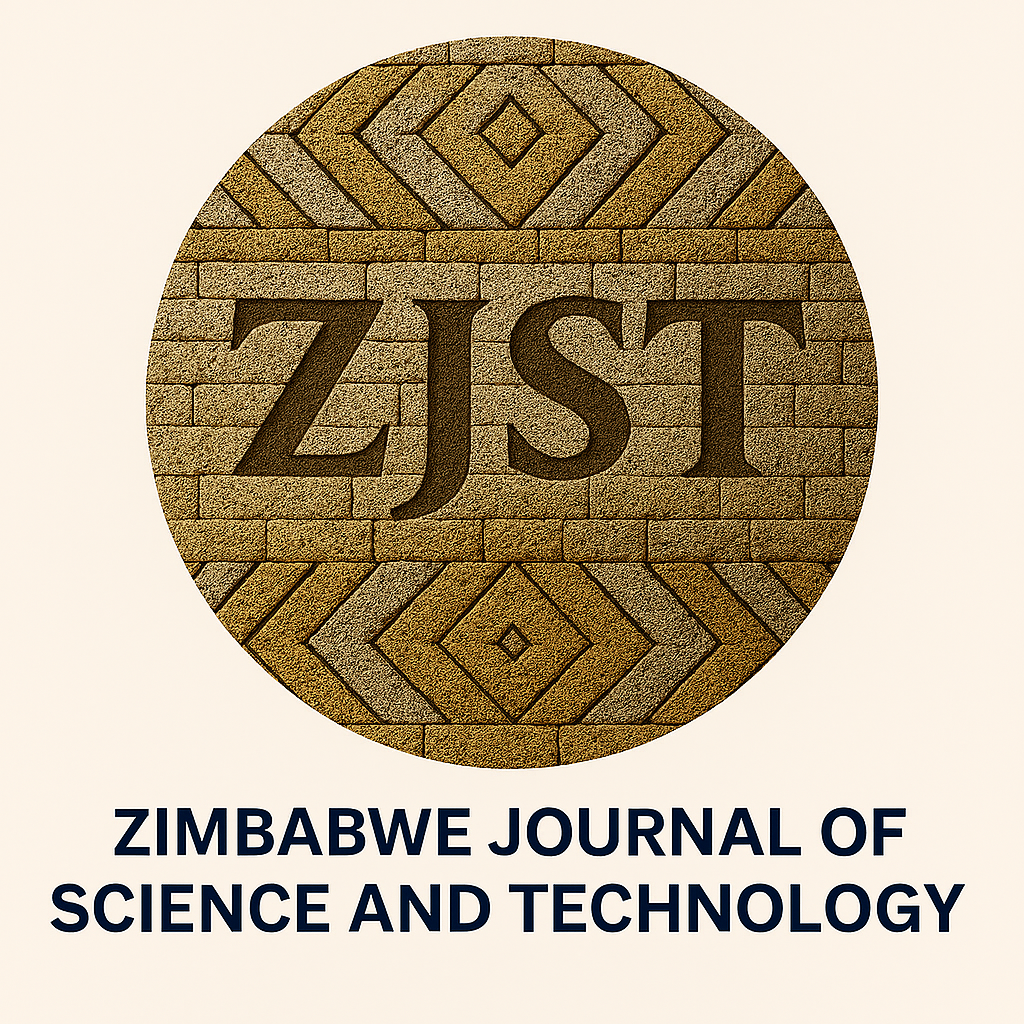Parasitological quality of drinking water gotten from major sources in parts of Ogun State, Nigeria
Keywords:
Boreholes, Drinking-water, Hand-dug wells, Nigeria, Ogun State, Parasites, StreamsAbstract
Water drunk by humans and animals should be safe for consumption worldwide. Humans unknowingly ingest contaminants found in drinking water. This cross-sectional study aimed at assessing parasites associated with drinking water sources in parts of Ogun State, Nigeria. One hundred and thirteen (113) accessible water sources across seven (7) study communities were subjected to sedimentation method and examination of parasites with the aid of a microscope and a World Health Organization identification chart. Data were analyzed, and presented in frequencies and percentages. An overall prevalence of 70(61.9%) had parasites with Hand-Dug Wells (HDWs) having the highest prevalence with 43(61.4%). Out of the 69 HDWs, 43(61.4%) harbored 8 parasites namely Taenia sp. (1.2%)>Hookworm sp. (3.3%)>Trichuris trichiura (3.3%)>Entamoeba histolytica (4.2%)>Strongyloides stercoralis (5.5%)>Giardia duodenalis (6.6%)>Cryptosporidium parvum (10%)>Ascaris lumbricoides (50%). For water from Boreholes (BH), 23(32.9%) of the samples were detected to harbor 7 parasites namely; Hookworm sp. (0.8%)>Taenia sp. (3.3%)>Entamoeba histolytica (5.8%)>Trichuris trichiura (6.0%)>Strongyloides stercoralis (9.8%)>Giardia duodenalis (20.8%)>Ascaris lumbricoides (30.8%). Lastly all the sampled streams were parasite-infected with Ascaris lumbricoides being the most occurring with 100%. In conclusion, water from the major drinking water sources in the study area have been found to possess parasites, an indication that it is unsafe for inhabitants of the study area to drink as they could lead to gastrointestinal diseases. The health authorities must carry out sensitization programs on the awareness on the potential health risks associated with constant consuming of the parasitic-contaminated water.


